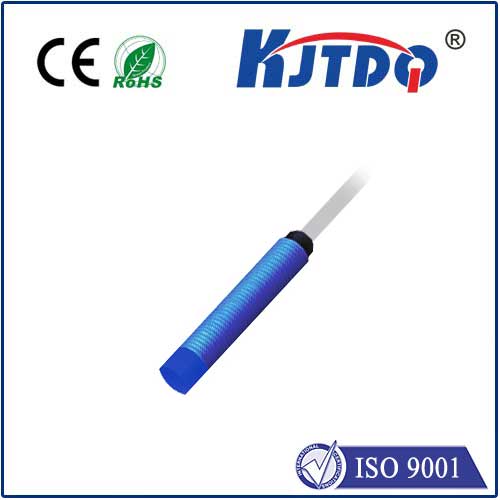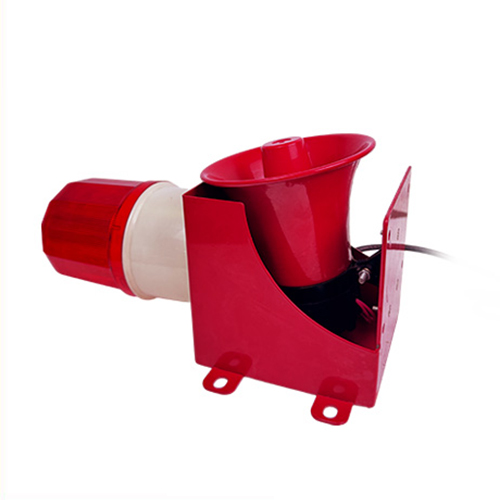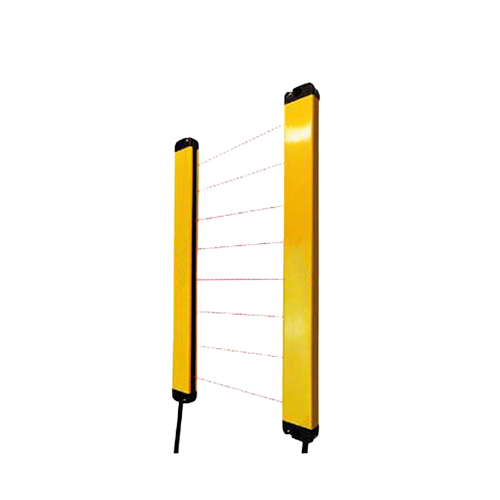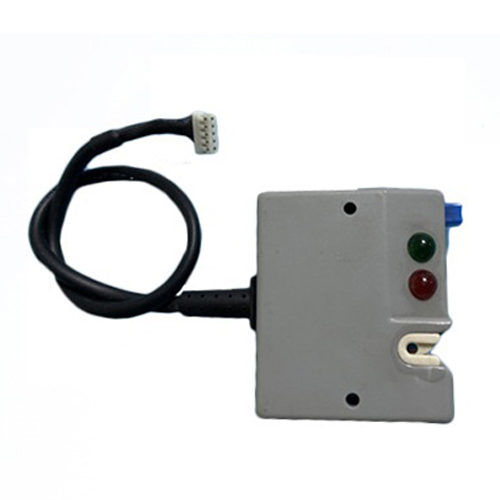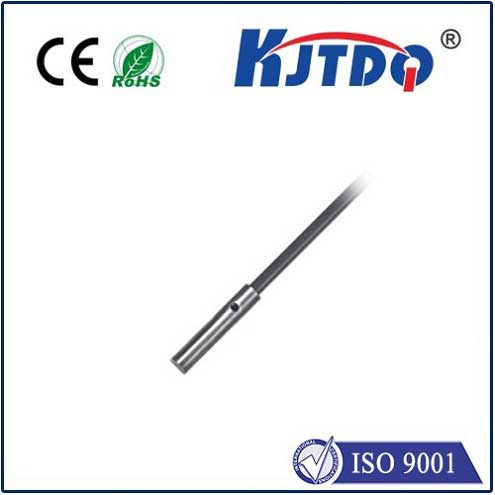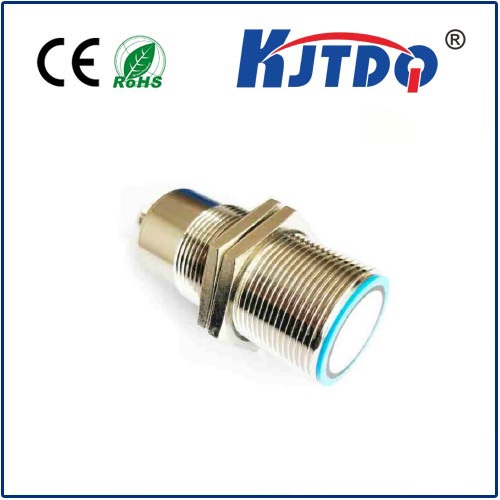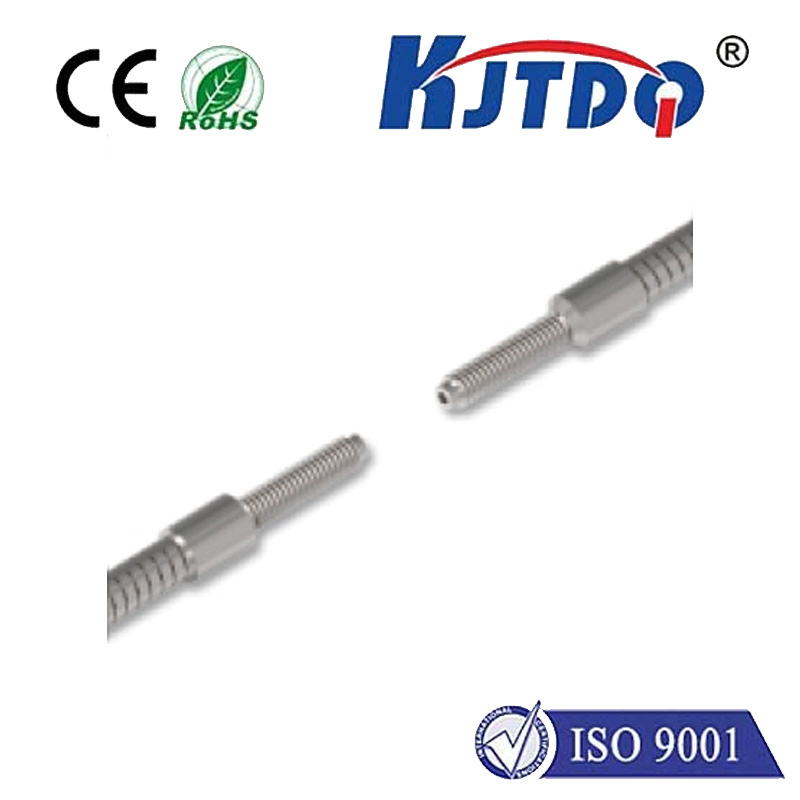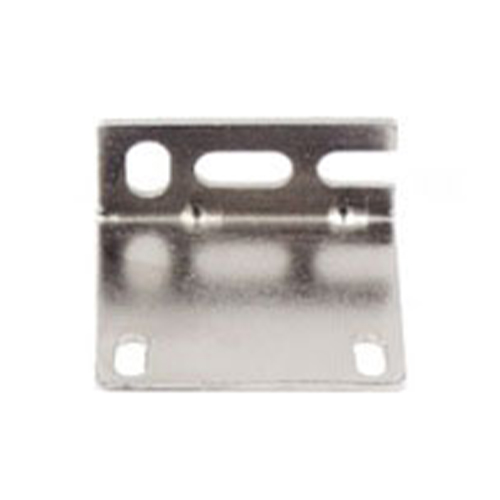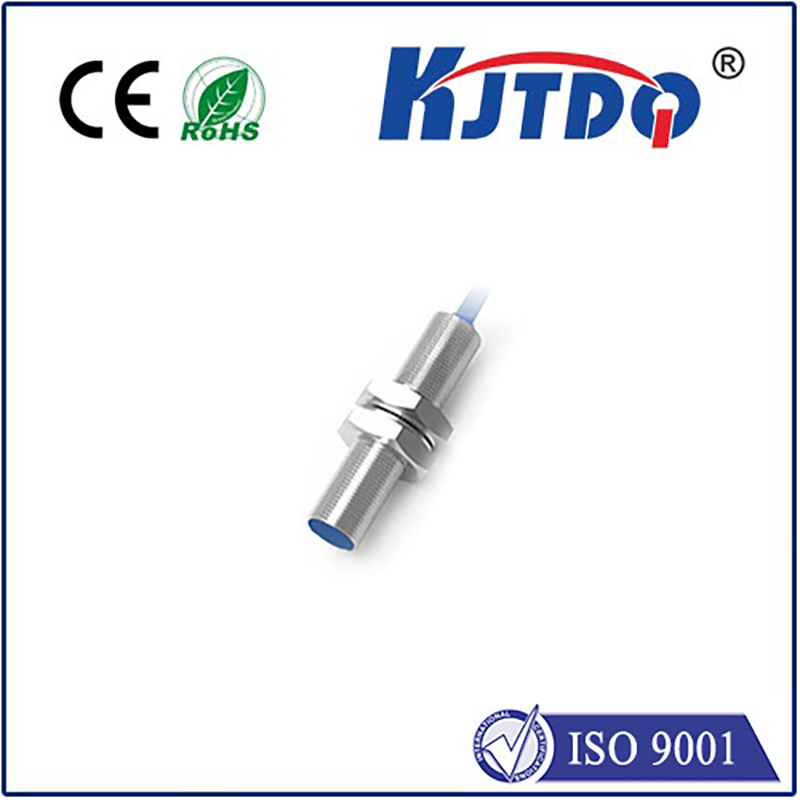

check

check

check

check

check

check

check

check

check

check
Imagine a factory floor where machines operate flawlessly, detecting objects in milliseconds without a single touch. This isn’t science fiction—it’s the reality powered by innovative sensors like the M8 capacitive proximity sensor. As industries worldwide seek smarter, safer solutions, this compact device stands out by enabling non-contact detection of non-metallic materials, from plastics to liquids. By leveraging subtle changes in electrical fields, it boosts efficiency and reduces downtime in applications ranging from conveyor belts to food packaging. In this guide, we’ll explore how this sensor transforms modern automation, its core principles, and why it’s becoming a staple in sectors demanding reliability. Ready to dive into the future of sensing technology? Let’s get started.
At its heart, a capacitive proximity sensor operates by measuring shifts in capacitance, which occurs when an object enters its detection field. For the M8 variant, it all begins with an oscillator circuit generating an electromagnetic field around the sensor tip. When a target—such as a plastic container or a person—approaches, it disturbs this field, altering the capacitance. This change is instantly converted into an electrical signal, triggering outputs like alarms or automated actions. Unlike inductive sensors that only detect metals, capacitive sensors excel with non-conductive materials, making them versatile for diverse environments. The M8 designation refers to the sensor’s standardized 8mm housing diameter, ensuring easy mounting in cramped spaces like assembly lines. This combination of size and function allows for seamless integration into systems where precision is paramount.

Why focus on the M8 scale specifically? In industrial settings, the compact M8 format offers a sweet spot of durability and adaptability. Standardized under norms like IEC 60947-5-2, these sensors resist harsh conditions—think dust, moisture, or temperature swings—thanks to rugged IP67-rated enclosures. This robustness is crucial in sectors like automotive manufacturing or agriculture, where exposure to elements can cripple less hardy devices. For instance, in bottling plants, an M8 sensor mounted on a filling station detects liquid levels without direct contact, preventing spills and contamination. Its small footprint means it fits effortlessly into robotic arms or conveyors, minimizing space demands. As a result, engineers often choose the M8 capacitive proximity sensor for its balance of performance and practicality, where even a millimeter of misalignment can disrupt operations.
The applications of these sensors are vast and growing, driven by automation’s unstoppable rise. In the food and beverage industry, they ensure hygiene by detecting spills or packaging errors on production lines, eliminating the need for manual checks. Similarly, in pharmaceuticals, capacitive proximity sensors verify vial placement, maintaining compliance with strict safety standards. Beyond manufacturing, consumer electronics leverage them for touchless interfaces in devices like smart home systems, where proximity detection enhances user experience and energy savings. Real-world stats show that industries adopting such sensors report up to a 25% reduction in maintenance costs, as they replace mechanical switches prone to wear. This versatility stems from their ability to function through barriers like glass or thin walls, making them ideal for complex setups. For facility managers, implementing M8 sensors often translates to fewer shutdowns and higher throughput, a game-changer in competitive markets.
Key advantages elevate the M8 capacitive proximity sensor above alternatives like ultrasonic or optical variants. First, its non-contact nature eradicates physical wear, extending lifespan and reducing replacement frequency. Capacitive models are immune to surface contamination—oily residues or dust don’t hinder detection, unlike optical sensors that can fog up. Second, they offer high sensitivity, detecting objects down to a few centimeters with adjustable settings for fine-tuning. This precision is vital in processes involving small parts or delicate assemblies. Moreover, capacitive proximity sensors consume low power, aligning with green initiatives for sustainable operations. When compared to inductive counterparts, which falter with non-metals, the M8 capacitive type shines in detecting liquids, powders, or organic materials—expanding use in emerging fields like renewable energy. Ultimately, this sensor delivers reliability that underpins Industry 4.0 advancements, where data-driven decisions hinge on accurate input.
Choosing the right M8 sensor requires attention to specs like sensing range and output types. Typically, ranges vary from 2mm to 15mm, depending on the model; selecting one with adjustable sensitivity prevents false triggers from background interference. Common outputs include PNP or NPN transistors for easy PLC integration, while features like short-circuit protection add safety layers. Installation tips involve mounting sensors with adequate clearance to avoid metal interference, ensuring consistent readings. Regular calibration is advised through diagnostic tools to maintain peak performance, especially in dynamic setups. With options from leading brands like Omron or Pepperl+Fuchs, it’s wise to consult datasheets for material compatibility—say, for detecting wood versus plastic. This proactive approach maximizes ROI and prevents costly errors, empowering teams to harness the sensor’s full potential.
In industries racing toward digital transformation, the M8 capacitive proximity sensor proves indispensable. It not only enhances operational efficiency but also paves the way for innovations in AI-driven automation. As we embrace smarter factories, its role in reducing human error and boosting productivity highlights why it’s a cornerstone of modern engineering.
